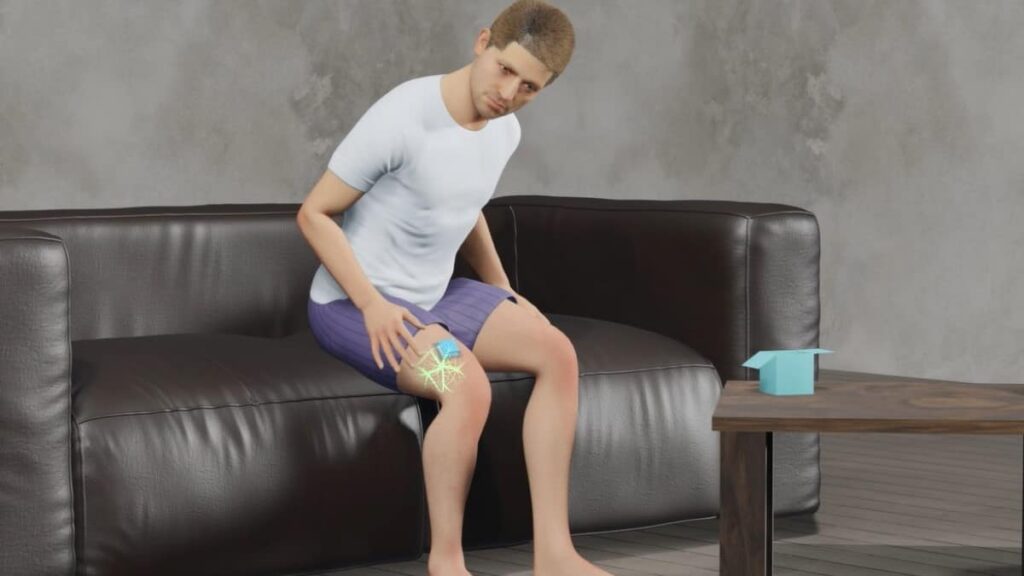
Repair your genes at home

Silicon chips can fix those damaged cells
- Dateline
- 17 December 2026
For some years now, scientists and researchers have been able to ‘reprogram’ our skin cells into stem cells that morph into useful tissue, like blood vessels, cartilage, or nerves. In a laboratory, that’s not too difficult; but how do you put the patient in charge?
The answer lies in using silicon chips, commonly used to make computer processors with nano-scale features, to deliver the chemical reagents directly into the skin. It’s like thousands of tiny microneedles, electronically discharging their contents at once.
Lasers and nanofabrication methods can make the ‘needles’ small enough to send the genetic material straight into the skin cells, where they quickly convert the cells to the required type. Different programming factors can be loaded onto the same type of chip, depending on the therapy required.
Now the gene-chips have passed clinical trials, and you’ll soon be able to use them as easily as you would an epi-pen. Simply stamp the chip onto your skin, and wait for the cells to react. Initially there will be versions for repairing wounds and blood vessels, regrowing damaged nerves, and preventing diabetes. Eventually, we might use the same method to treat cancer.
Regenerative medicine is advancing in leaps and bounds, but has been held back by costly methods of application and delivery. Now you don’t have to go to a specialized clinic for tissue nanotransfection. You can just repair your genes at home!
Warning: Hazardous thinking at work
Despite appearances to the contrary, Futureworld cannot and does not predict the future. Our Mindbullets scenarios are fictitious and designed purely to explore possible futures, challenge and stimulate strategic thinking. Use these at your own risk. Any reference to actual people, entities or events is entirely allegorical. Copyright Futureworld International Limited. Reproduction or distribution permitted only with recognition of Copyright and the inclusion of this disclaimer.